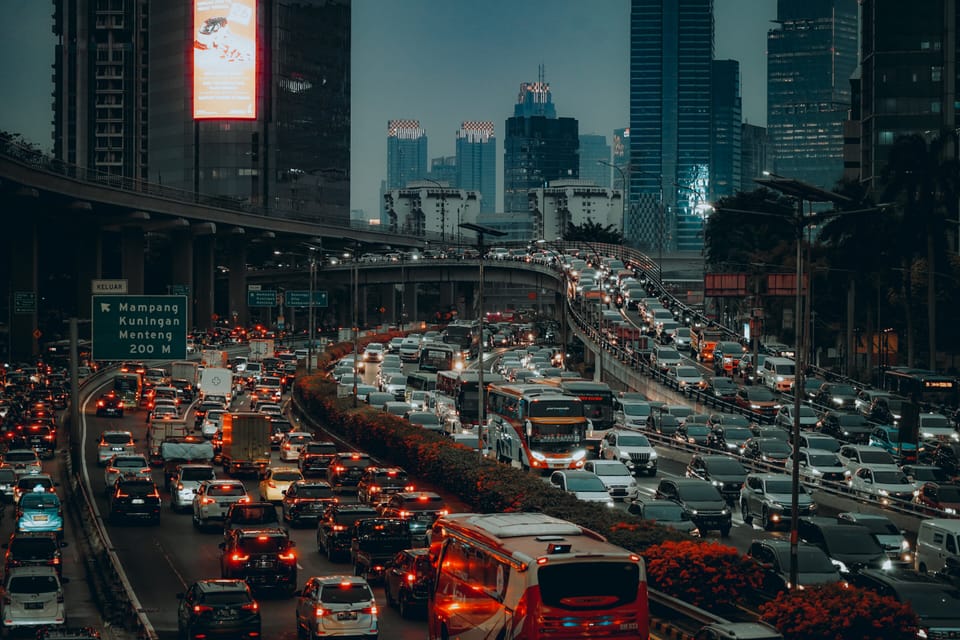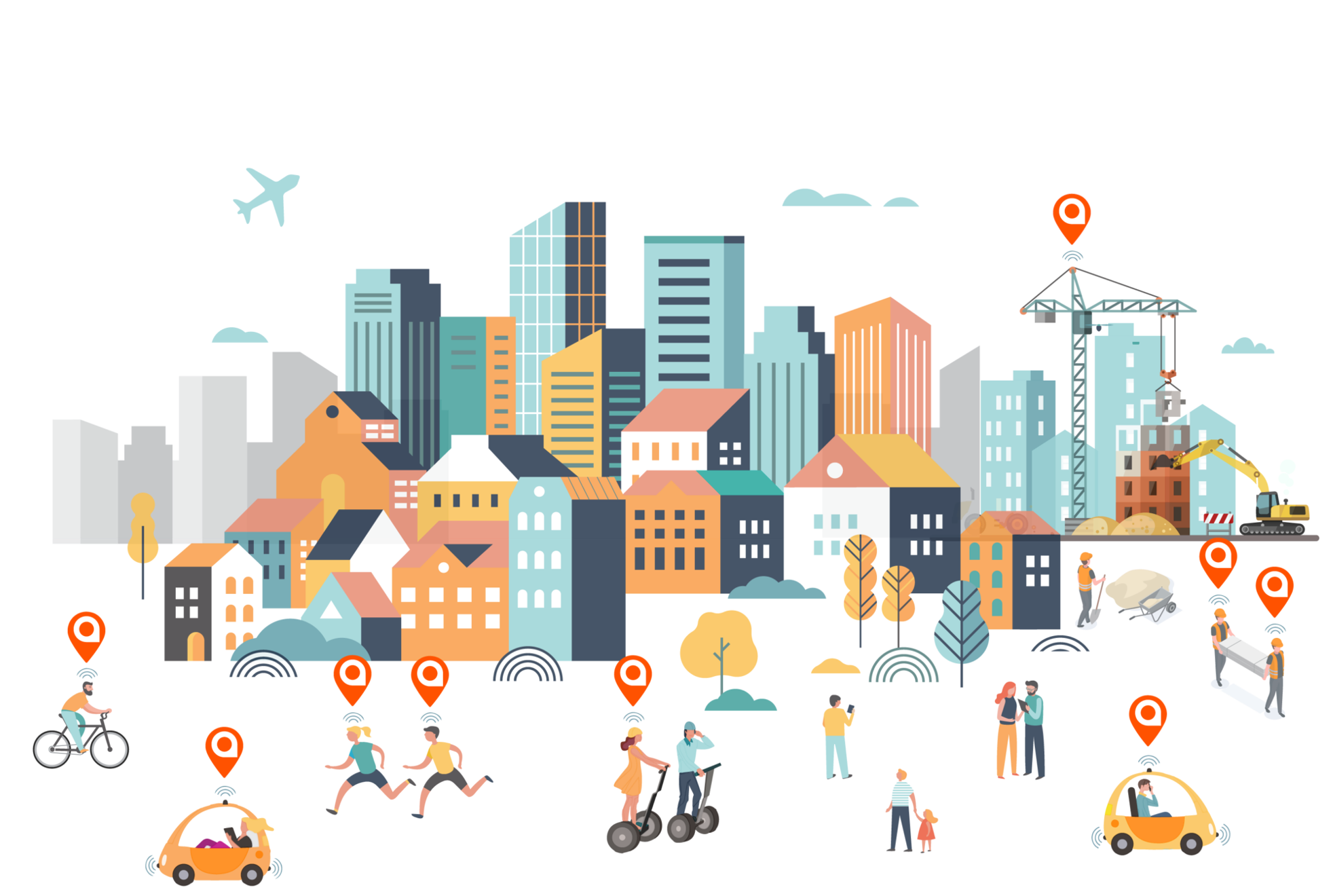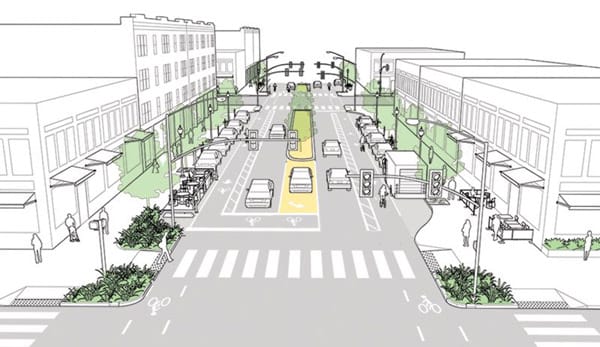How Cities Are Re-Engineering Themselves for Survival

It’s hard to walk through a city these days without sensing that it’s straining under the weight of the 21st century. Traffic snarls, energy blackouts, flooded roads, and housing crises—all signs that the urban contract is fraying. And yet, paradoxically, never before have cities been so vital to our collective survival.
By 2050, nearly 70% of the world’s population will live in urban areas. That’s not just a demographic shift; it’s a pressure cooker. “Cities are the crucibles where our biggest problems and most creative solutions meet,” says Edward Glaeser, Harvard economist and author of Triumph of the City. “If we get them wrong, we get everything wrong.”
So cities are beginning to re-engineer. Not just fix potholes or upgrade buses—but overhaul their DNA. This isn’t just survival. It’s reinvention.
Beyond Concrete and Cables
For decades, we engineered cities like machines: build roads, light poles, sewage, repeat. But the age of climate instability and population pressure demands something far more fluid—cities as living systems.
Take the view of Jonathan Rose, urban planner and author of The Well-Tempered City: “The future of cities lies not in single-point solutions but in integrated systems—ones that fuse ecology, equity, and economy.”
This systems-thinking approach is now showing up everywhere, from Milan’s vertical forests to Singapore’s sponge-city hydrology. It’s about resilience that adapts—like green roofs that cool buildings and capture rain, or modular housing that scales with migration surges.
In a 2023 academic paper on Urban Studies, researchers note, “Resilient urbanism cannot be a retroactive strategy; it must be built into the foundational logic of planning itself.” That means infrastructure that doesn’t just serve the present, but bends toward the uncertain futures ahead.

Climate Is the Catalyst
Of course, the alarm bell that’s ringing loudest is climate change. Rising seas, burning summers, collapsing grids—urban planners can no longer treat extreme weather as freak events.
In Karachi, monsoons rains often flood entire neighborhoods. In Miami, tidal flooding is now a routine nuisance. But some cities are responding with remarkable creativity. Copenhagen rebuilt its public parks to double as stormwater basins. Lagos is investing in floating schools and marketplaces.
“We’re not just building to resist climate, we’re building to coexist with it,” says Dr. Harriet Bulkeley, professor of geography at Durham University and co-author of the Urban Climate Change Research Network report. “That means every bus lane, every zoning decision, every tree becomes a climate tool.”
This mindset is reshaping city budgets. Where once resilience meant concrete flood walls, today it might mean mangrove forests, decentralised solar grids, or even community composting hubs that double as cooling centers.
Density Is Not the Enemy
A surprising revelation from recent urban studies: density isn’t the problem—it’s the opportunity.
Post-COVID, many declared the city dead. The NBC article from 2012 presciently asked, “Will people still want to live in cities?” The answer, more than a decade later, is yes—but not the same kind.
“High density, when managed smartly, is the most sustainable form of human living,” Glaeser argues. “The carbon footprint of a Manhattanite is a fraction of that of a suburbanite.”
But density without planning breeds exclusion and inequality. Think São Paulo’s favelas or San Francisco’s housing crisis. “If we’re serious about density, we must be serious about equity,” says Ana Drago, a Lisbon city councillor working on inclusive housing models.
That’s where public transit, affordable housing, mixed-use zoning, and pedestrian-first design become critical. Cities like Vienna and Barcelona are leading the way, showing how to scale density without losing dignity.
Retrofitting the Past to Build the Future
Many of the world’s biggest cities—London, Lahore, New York—are not blank canvases. They are messy, glorious patchworks of history and habit. How do you re-engineer something already built?
The answer: retrofit. According to a ResearchGate paper titled Re-Engineering Cities: A Framework for Adaptation to Global Change, retrofitting existing urban infrastructure is “the most urgent and cost-effective pathway to sustainability.”
Think of it as surgical intervention. Paris banned cars from the Seine’s banks and turned them into parks. Seoul removed a downtown highway and restored a river underneath. These aren’t tech-fixes; they’re design corrections, often borrowing from the past.
“What we’re seeing is a shift from expansion to adaptation,” says Stefan Dercon, economist at Oxford and advisor to multiple African governments. “The 21st-century city is not about more, it’s about better.”

Magic, Memory, and Meaning
But cities aren’t just systems. They’re also symbols. The essay Re-Engineering Magic in Cities by David Perell argues that we’ve lost the enchantment of cities—that mysterious sense of place that makes a street corner unforgettable, or a skyline feel like hope.
“If cities are to survive,” Perell writes, “they must become vessels of meaning again.” That means investing in public art, preserving cultural memory, designing for walkability and wonder—not just efficiency.
Cities must stir the soul as much as they support the body. Otherwise, why would people stay?
The Civic Glue
Ultimately, re-engineering isn’t just about concrete or code—it’s about trust. Cities that thrive are those with engaged citizens, responsive institutions, and a shared sense of purpose.
Research published in European Planning Studies in 2023 found that cities with high “institutional agility”—quick decision-making, transparent data-sharing, inclusive governance—fared significantly better in pandemic and climate response.
In other words, city survival hinges on something as intangible as trust.
“Smart cities aren’t just about sensors,” says Carlo Ratti, architect and director of MIT’s Senseable City Lab. “They’re about being sensitive to citizens.”
The Road Ahead
Re-engineering cities is not an aesthetic exercise. It’s survival. But more than that—it’s an invitation.
An invitation to reimagine how we live, move, connect, and care. An invitation to stitch equity into brick, to make resilience beautiful, and to re-enchant the spaces we call home.
Because if cities are where humanity meets itself, then the city of the future isn’t just smarter or stronger. It’s more human.
Fatima Hassan is a freelance journalist and the co-founder & Multimedia Editor of Echoes Media, dedicated to crafting impactful stories that resonate with diverse audiences. A journalism graduate of Northwestern University, Fatima combines analytical rigor with creative storytelling to explore complex issues and amplify unheard voices.

Member discussion